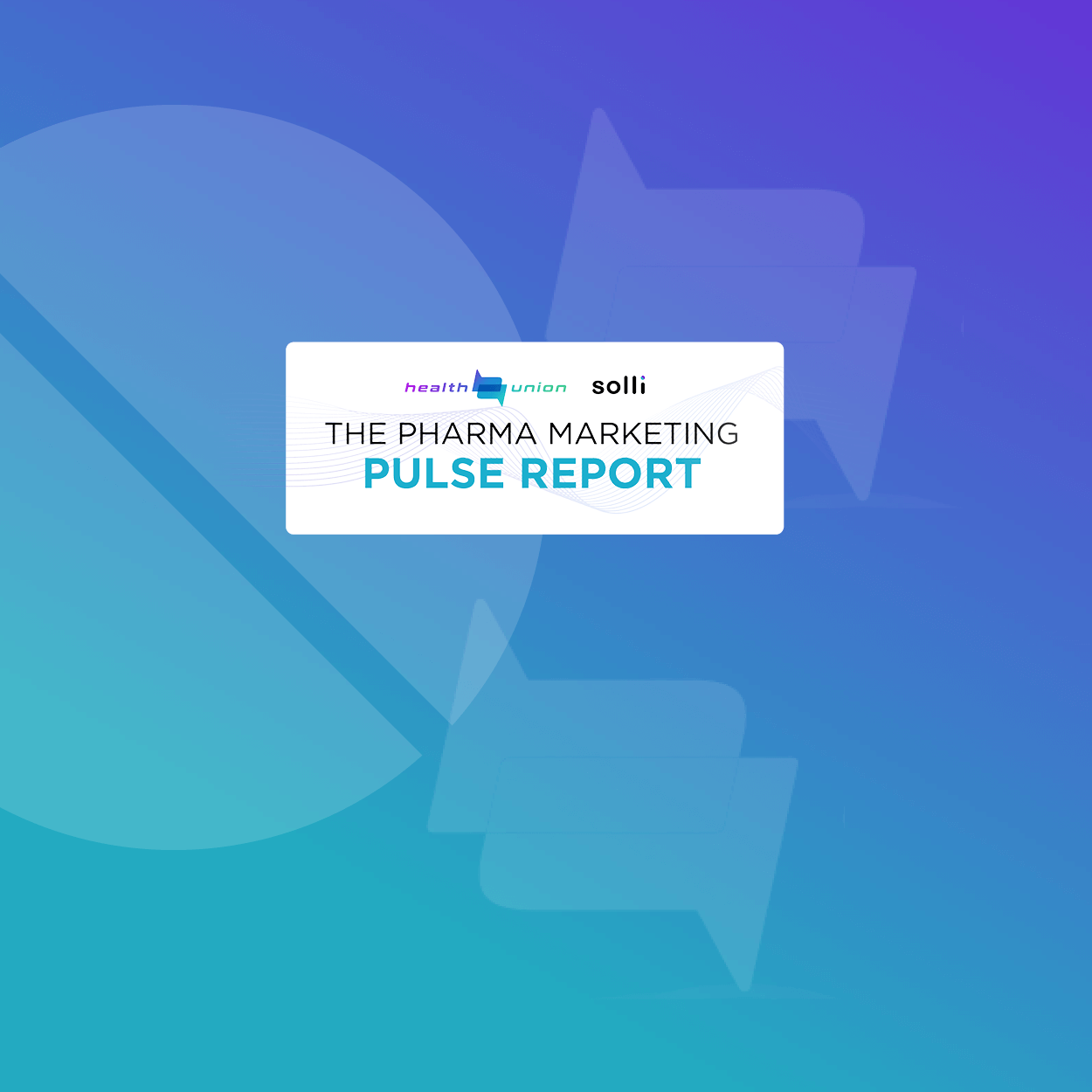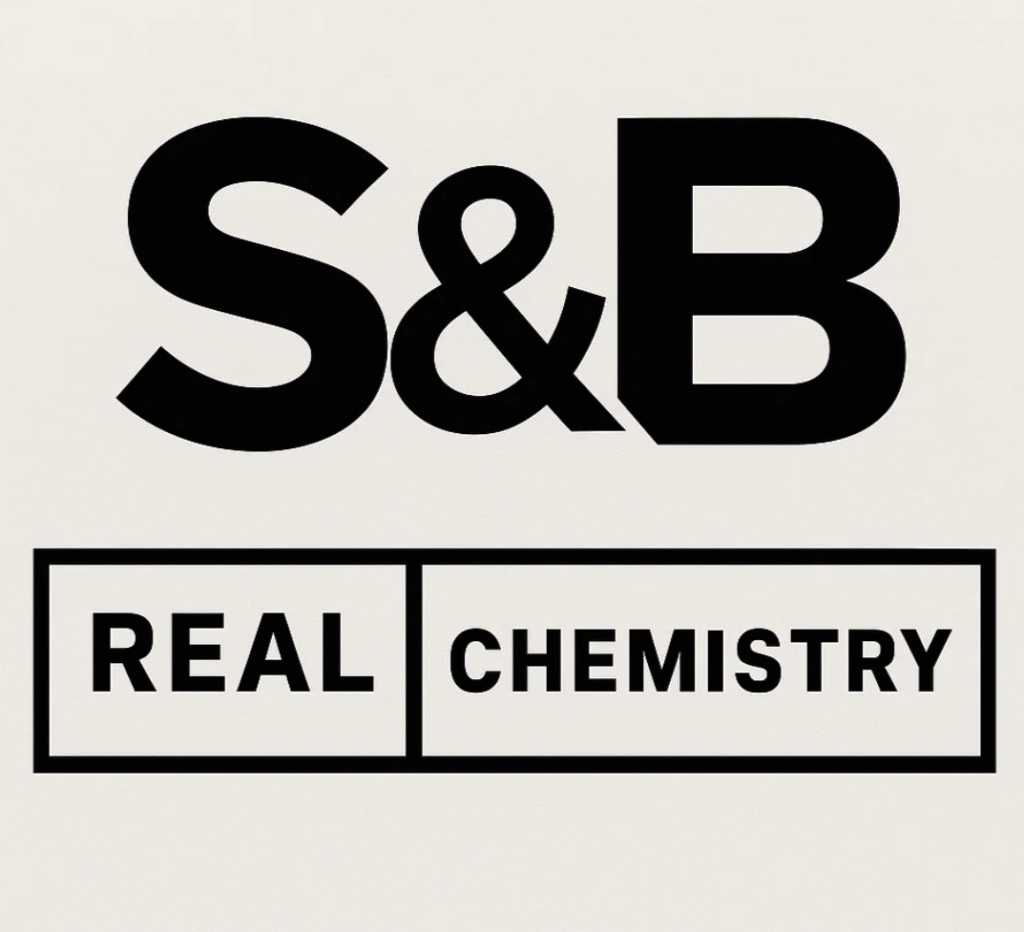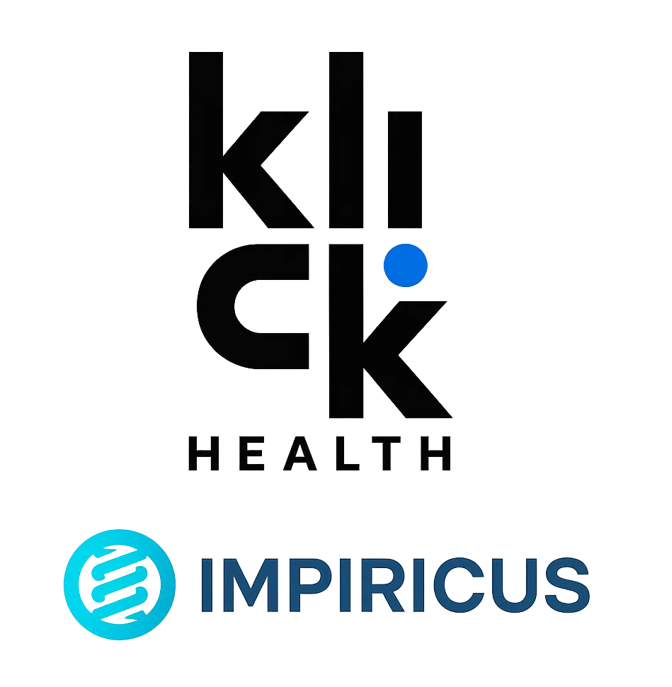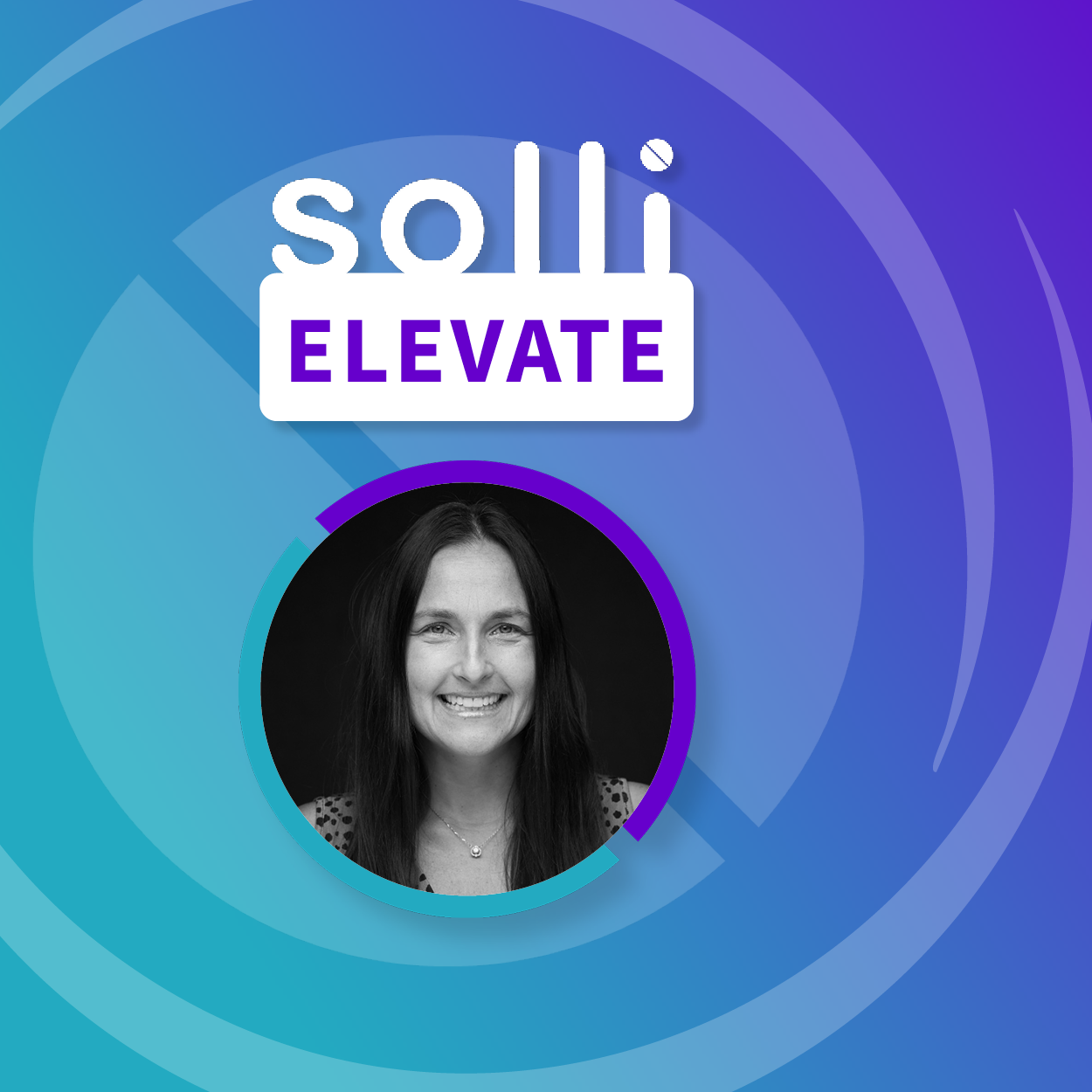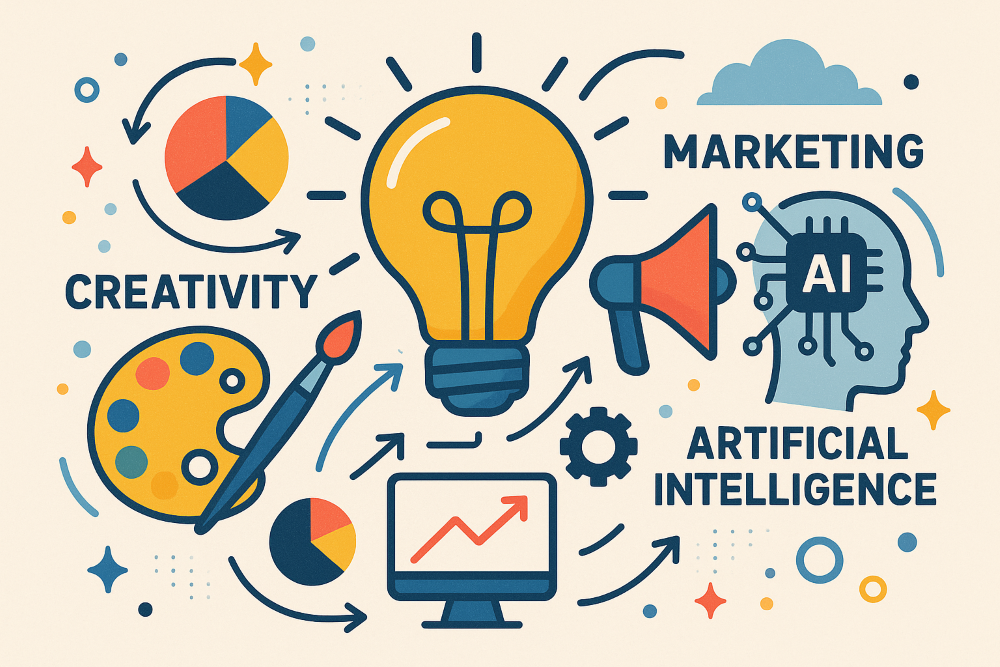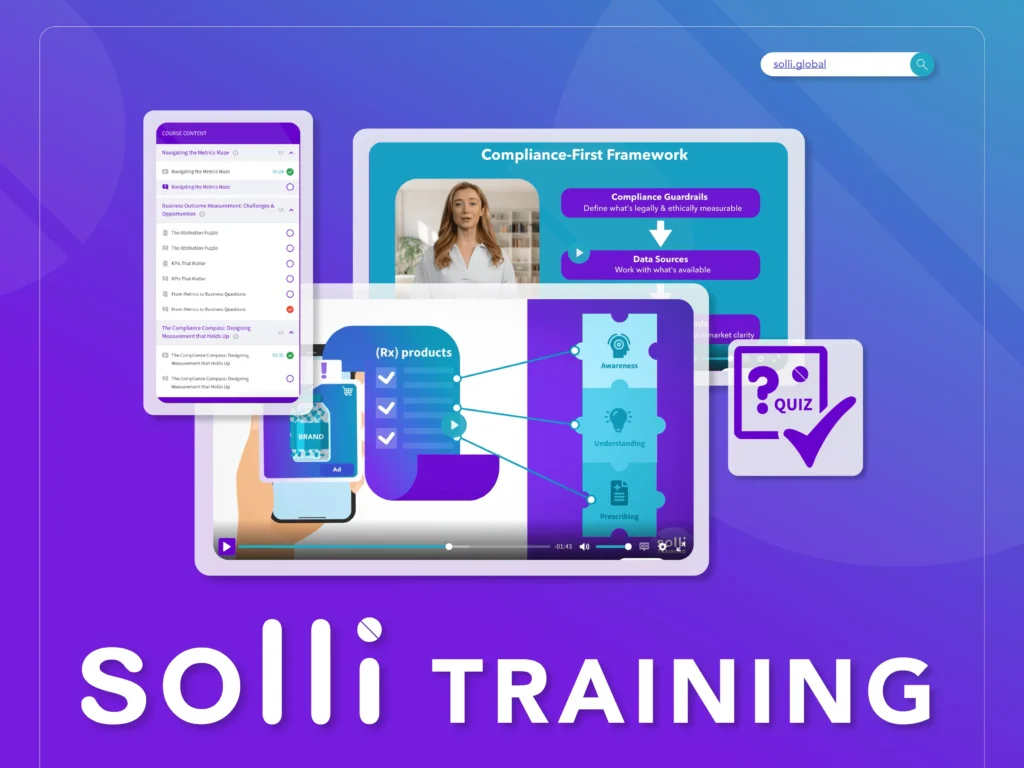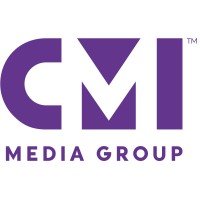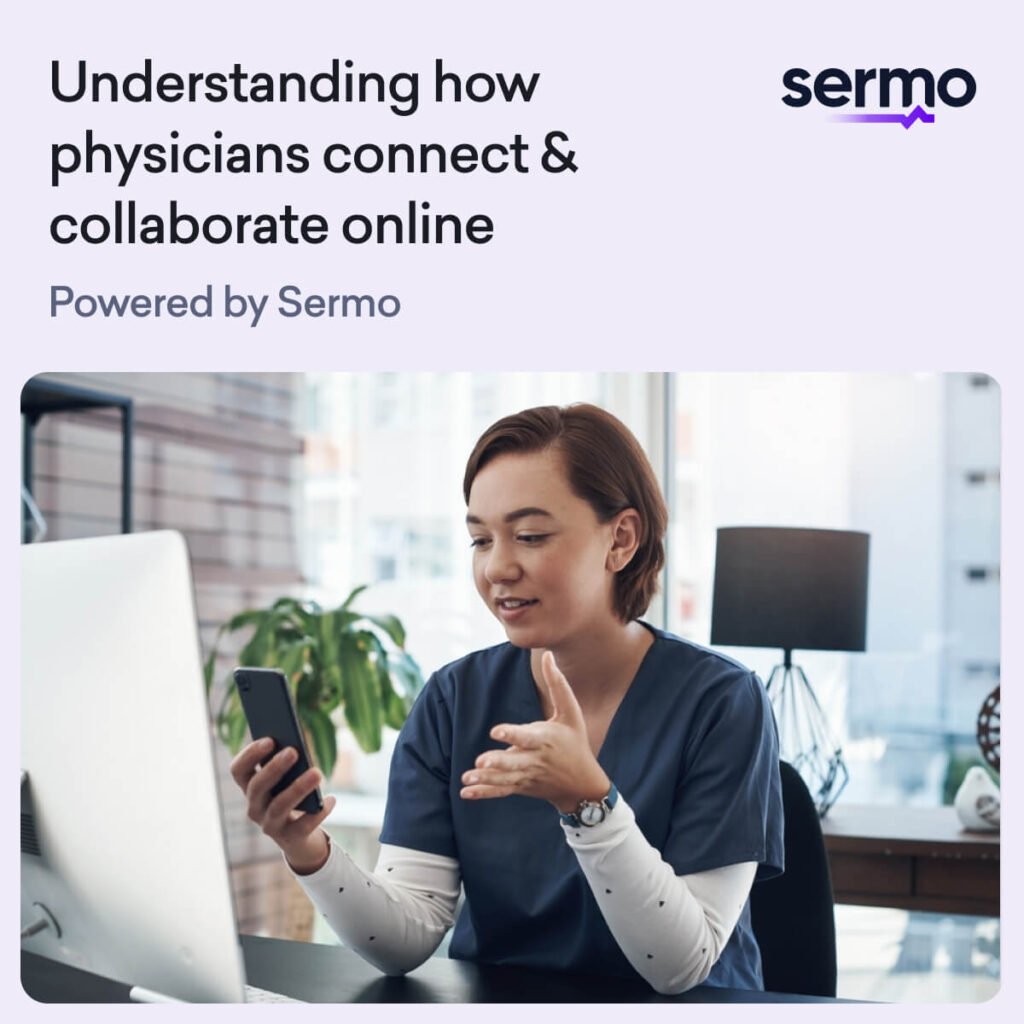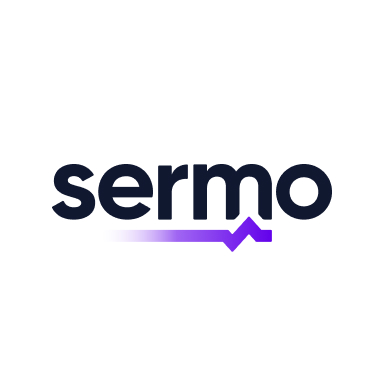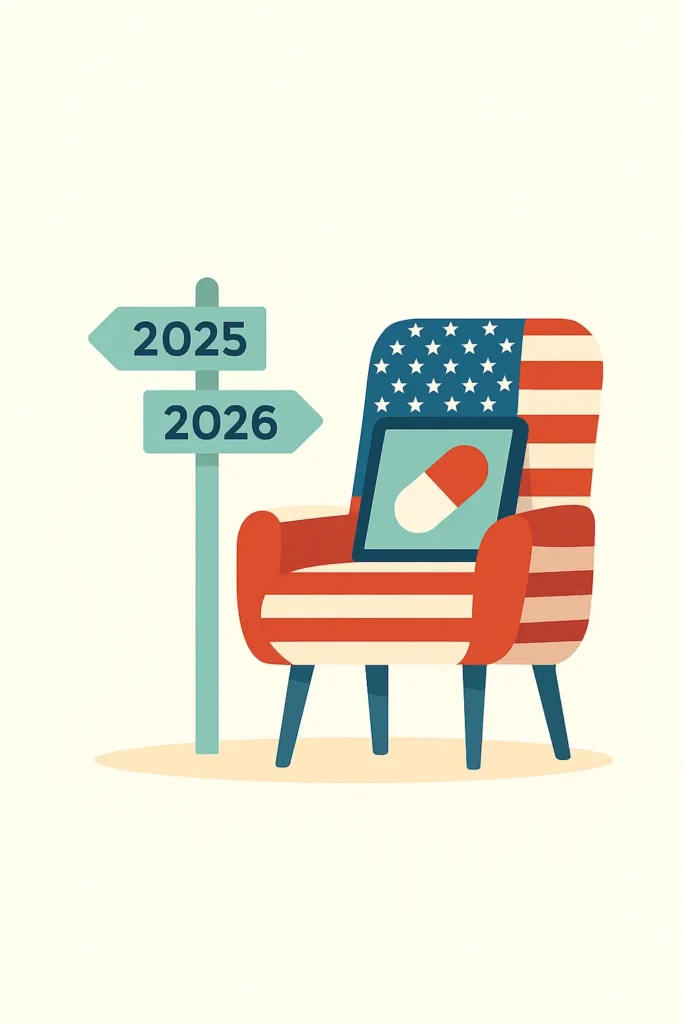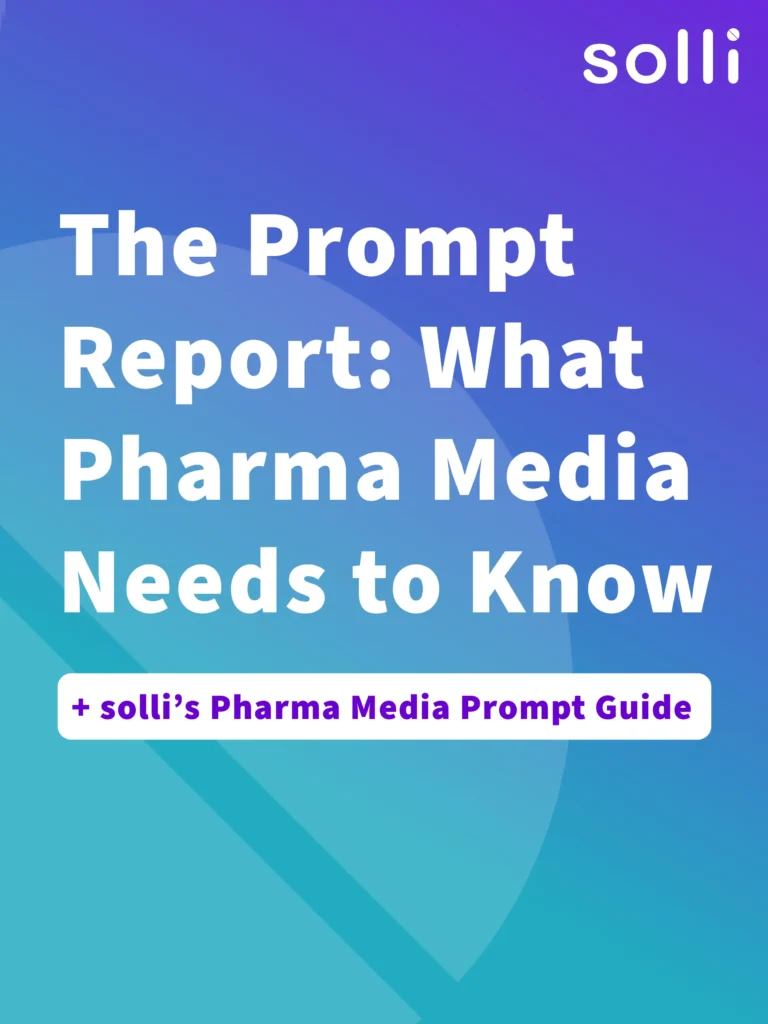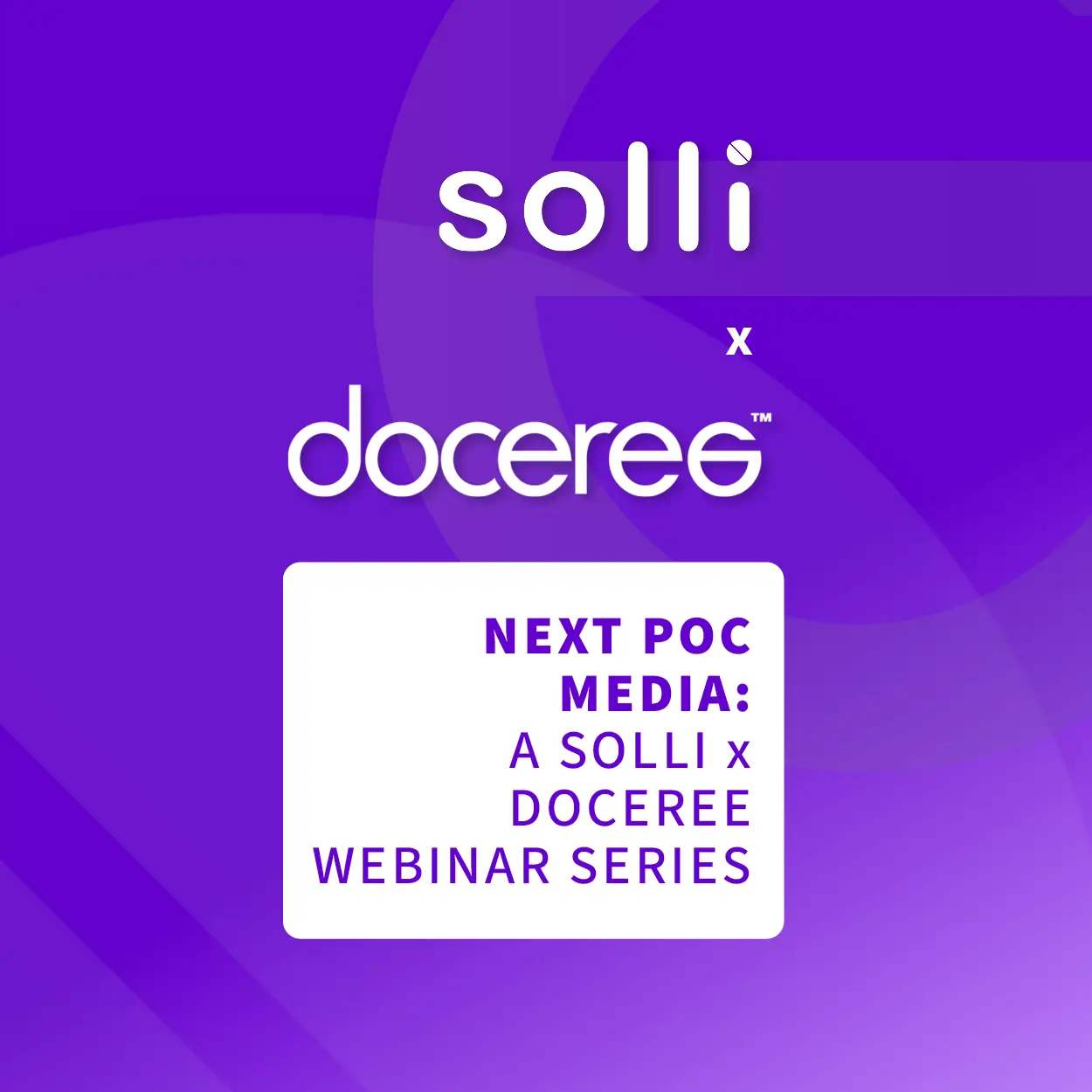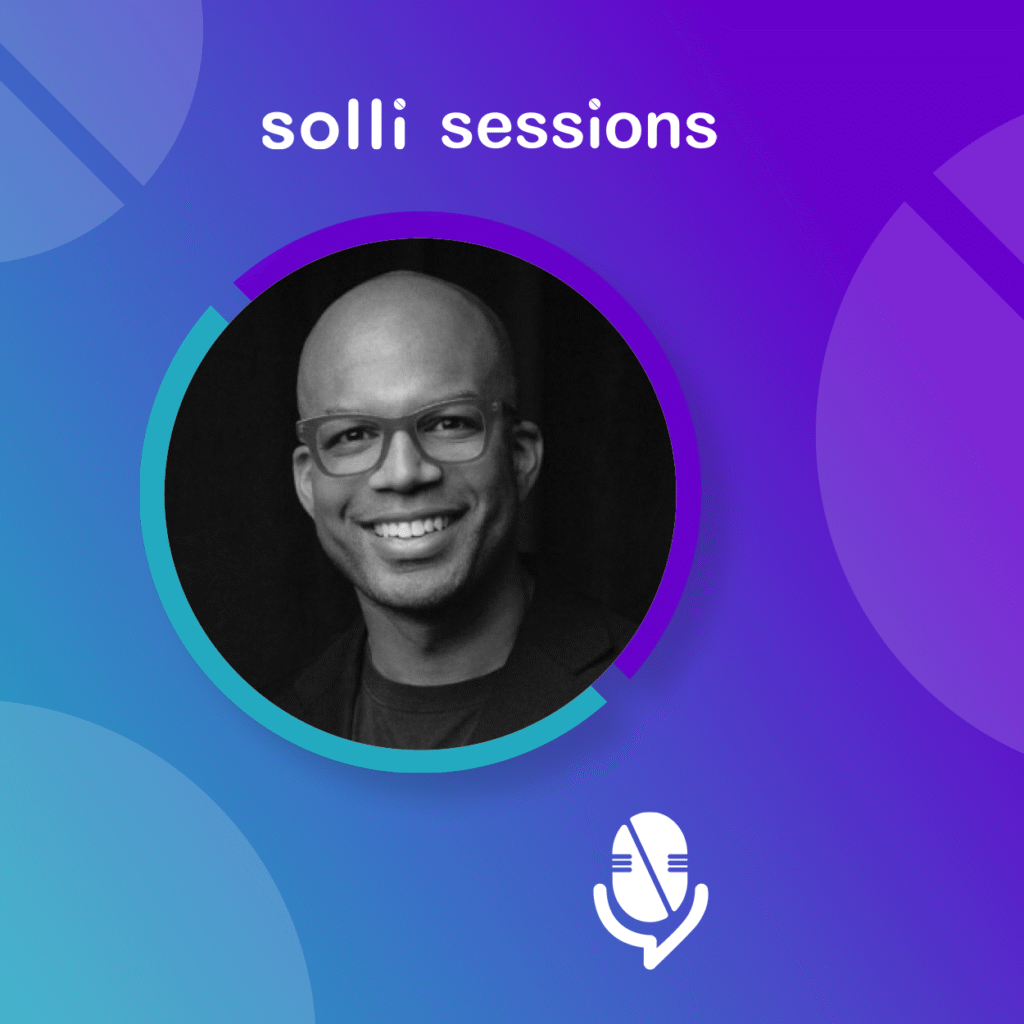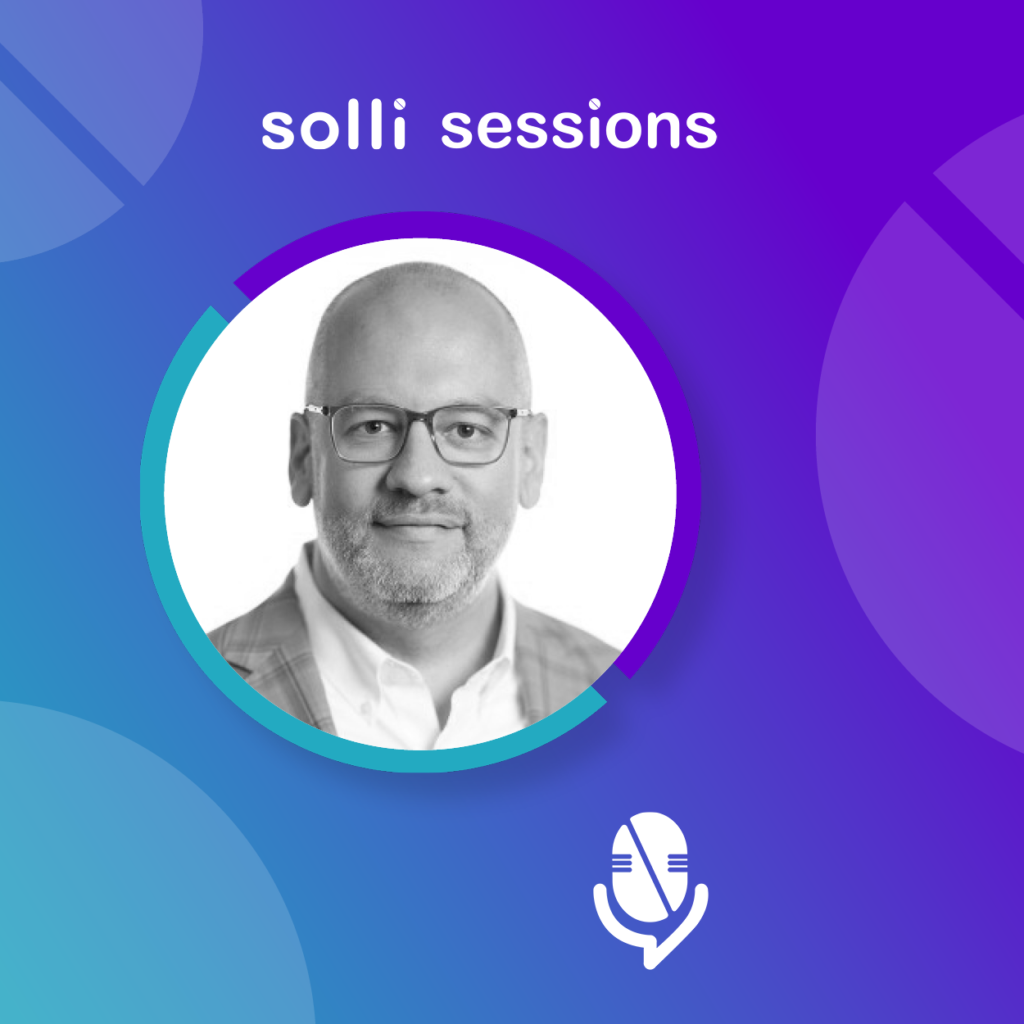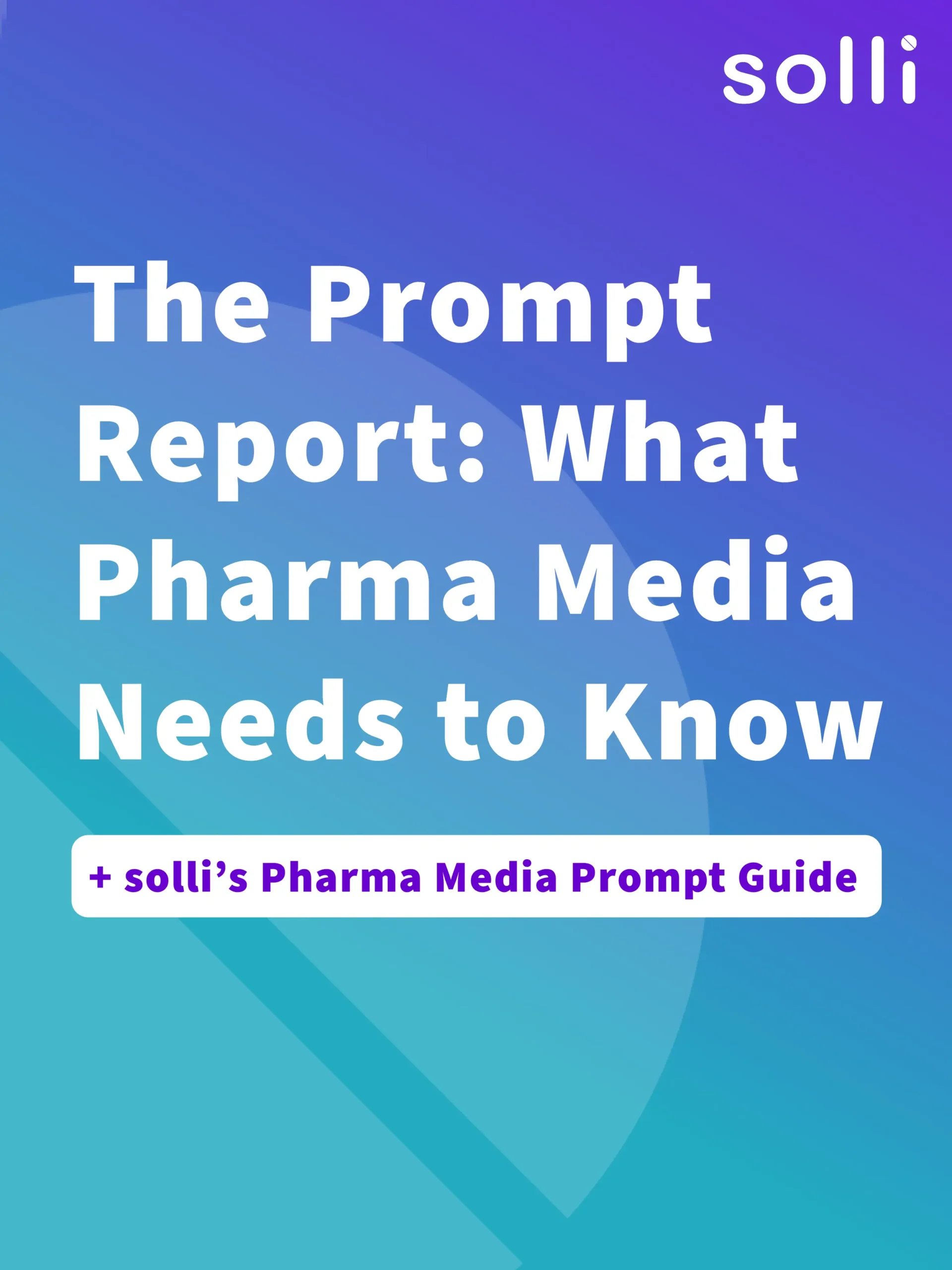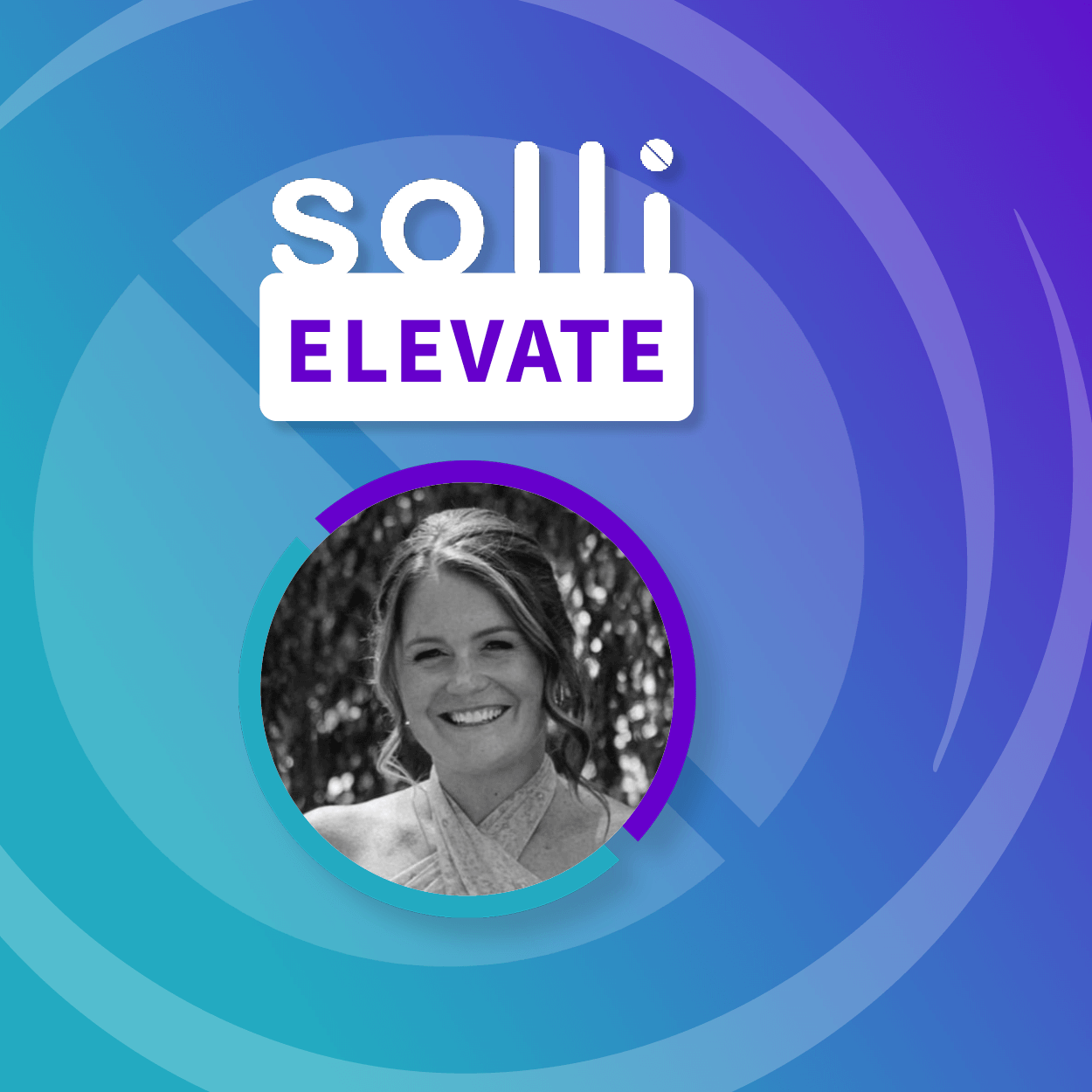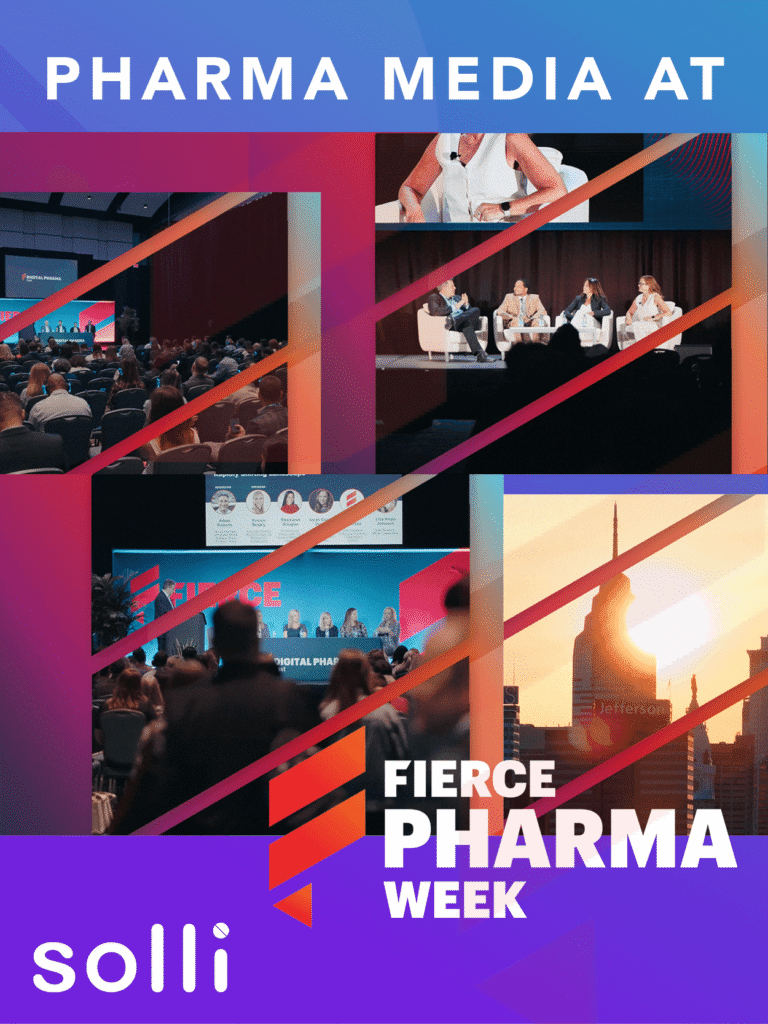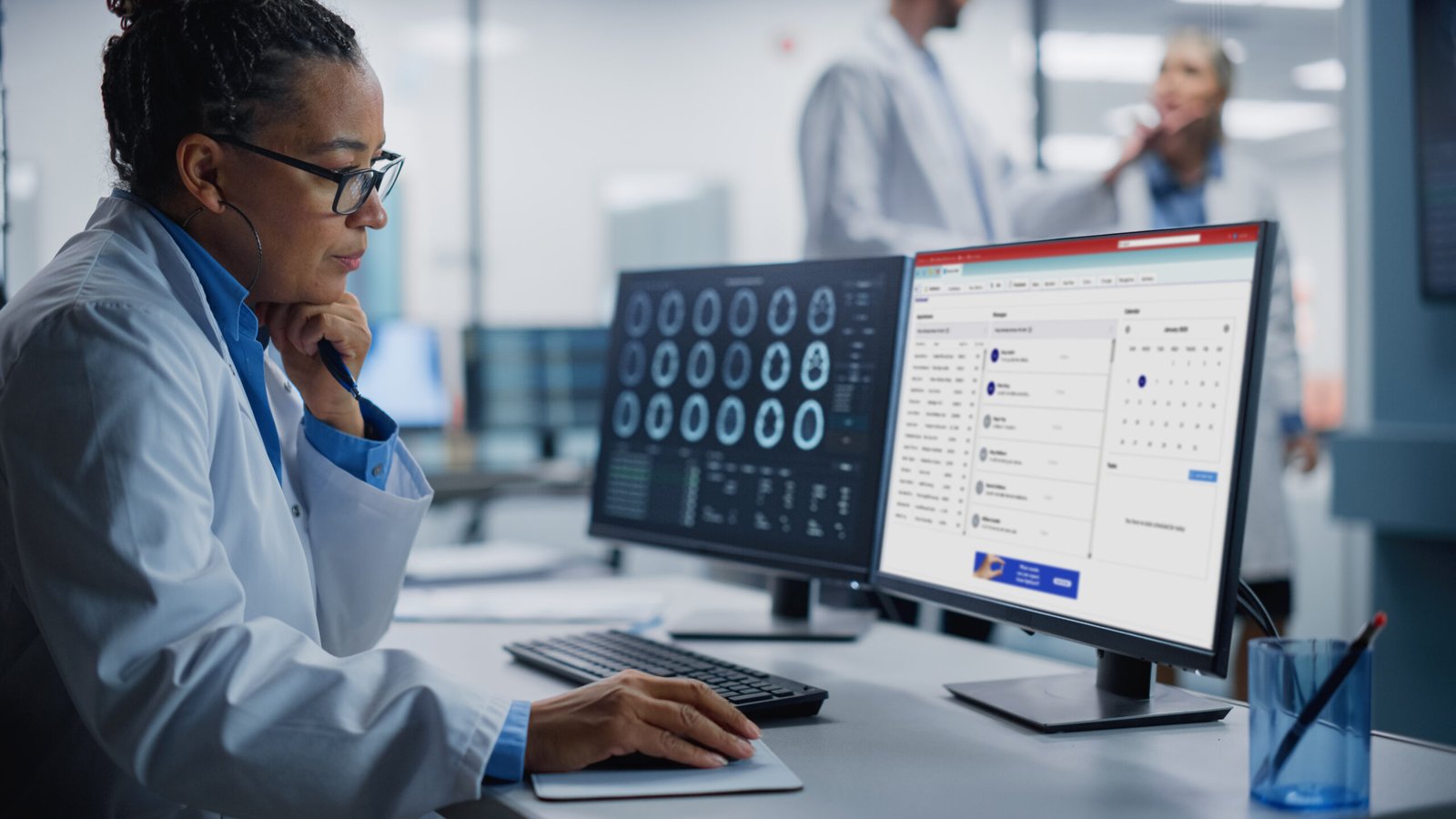The Prompt Report: What Pharma Media Needs to Know
From Research to Reality: Harnessing the Science of Prompting in Pharma Media
Large language models (LLMs) are no longer experiments — they are embedded into everyday workflows across industries, including healthcare and pharmaceuticals. Globally, 67% of organizations now use generative AI in their operations, and 76% of marketers leverage LLMs for content creation, with 71% seeing them as a source of creative inspiration[1]. In the U.S., 61% of adults have used AI tools in the past six months — nearly 1.8 billion people worldwide are using AI, with 500–600 million engaging daily[2].
This explosion in usage has spawned countless “prompting tips,” from viral headlines promising “magic phrases” to consultants offering quick-fix playbooks. But pharma media teams, which operate under incredible complexity — managing omnichannel campaigns, dual HCP and patient audiences, and stringent regulatory oversight — cannot afford folklore. They need evidence.
That evidence comes from The Prompt Report. Conducted via systematic literature review and meta-analysis, it aggregates hundreds of studies and distills 58 text‑based prompting techniques, 40 multimodal methods, and comprehensive frameworks for safety, evaluation, and governance. It is the most scientifically rigorous prompting study to date.
This piece translates the report’s findings into insights that are both accessible and directly relevant to pharma media practitioners. From this, we have developed solli’s Pharma Media Prompt Guide — a practical resource that outlines key prompting techniques,...
Sign up for full access – it’s 100% free!
Create your FREE account to continue reading and explore more expert insights on Pharma Media.
✅ Free. Fast. No commitment.

